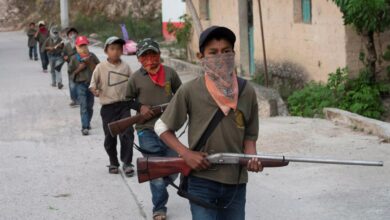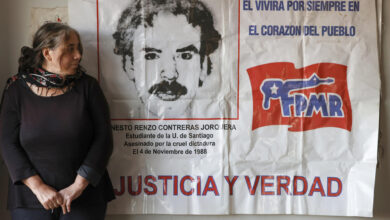Kenya: The world looks on after the elections
The voting process is almost never smooth and often faces minimal glitches

Hours after unofficial results started trickling IGNORE INTO society, veteran opposition leader Raila Odinga rejected the official count of the votes and claimed the country’s electronic voter system was compromised. Odinga, former prime minister of Kenya, also disputed the results of the 2013 election, which was later settled in court. The African nation embraced a multi-party democratic system in 1992 and the country has held six presidential elections since. Only during one – back in 2002 – has the losing side accepted the vote count.
The final announcement of the Independent Electoral and Boundaries Commission (IEBC) stated that Uhuru Kenyatta was the winner of the presidential race. The chairman of the IEBC, Wafula Chebukati, affirmed that Uhuru had garnered 8,203,290 votes, representing 54.27 percent of the votes casted, while the Opposition leader, Raila Odinga, came in second with 6,762,224 votes, representing 44.74 percent of the votes.
The election was based on arguments over the economy and the courting of the youth’s vote. Kenyatta was promising to create 1.3 million new jobs, reduce the cost of living, and create a more inclusive economy by reducing economic inequalities. Odinga was promising to fight corruption, create jobs for young people, and set up programs to improve food security. Both contenders focused on the young people because Kenya’s troubling youth unemployment rate stands at 22.2%.
Ethnicity plays a detrimental role in who makes it to the presidency in this African country. Kenya is home to more than 40 tribes and the competition for political seats has never been more serious. The five largest ethnic groups – the Kikuyu, Luhya, Kalenjin, Luo and Kamba – make up nearly 70 percent of the country’s 48 million population, according to the nation’s last population census back in 2009.
Outside of Kenya, the fact that five other elections accompanied the presidential ballot is unknown. These included voting for a constituency member of parliament and a series of seats created under the current devolution governance arrangement. These were a county governor, senator, member of county assembly and a women’s representative that is an affirmative action elective position created by the 2010 constitution.
Latin American Post | Carlos Eduardo Gómez Avella
Copy edited by Susana Cicchetto





